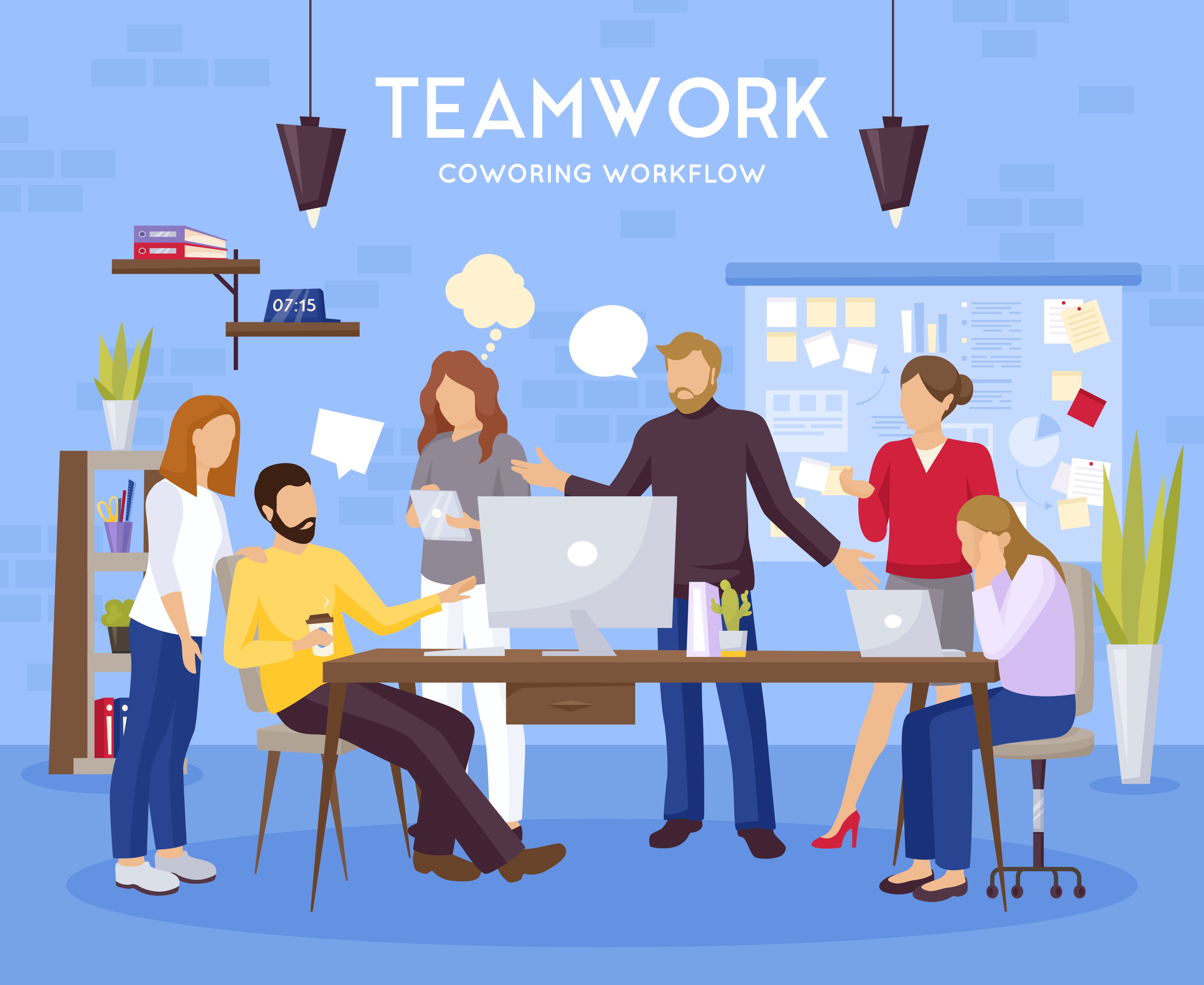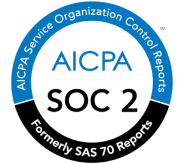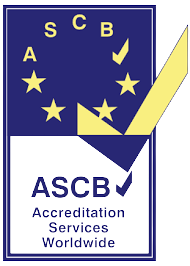Table of Content
- Introduction
- Understanding Purposeful Workplace Collaboration
- The Importance of Icebreakers
- Types of Icebreakers
- Implementing Icebreakers for Effective Collaboration
- Overcoming Common Challenges
- Measuring the Impact of Icebreakers
- Building a Culture of Continued Collaboration
- Conclusion
- Frequently Asked Questions (FAQs)
Introduction
Workplace collaboration is the cornerstone of a thriving organisation. It fosters creativity, innovation, and a sense of unity among team members. However, initiating effective collaboration can sometimes be challenging, especially when team members are unfamiliar with one another. This is where icebreakers play a crucial role. In this article, we explore the concept of purposeful workplace collaboration, especially when we implement HRMS software in our organisations to multiply the output and maximise the revenue. So continue to read the post to find out the best icebreakers and make the most of the HRMS with social intranet to enable and exercise all kinds of collaborations on the go.
Want to skip this content copy?

Understanding Purposeful Workplace Collaboration
Before we dive into the specific icebreakers, it's important to grasp the essence of purposeful workplace collaboration. This collaboration goes beyond mere interaction and aims to achieve a common goal or objective. It involves a deliberate effort to align individual strengths and skills towards a shared purpose.
Purposeful collaboration requires clear communication, mutual respect, and a willingness to listen and learn from one another. It emphasises the value of each team member's contribution and seeks to create an environment where everyone feels valued and heard.
uKnowva offers you a feature-rich social intranet as the core part of its HRMS suite to facilitate purpose collaboration. You can exercise all the icebreakers we talk about in this post on our HR management software to make stronger bonds with your teams and drive better corporate culture notion.
The Importance of Icebreakers
Icebreakers serve as catalysts for effective collaboration. They help break down initial barriers and create a relaxed and open atmosphere among team members. By engaging in activities that encourage interaction and communication, team members can build trust, establish rapport, and gain insights into each other's personalities and working styles.
Moreover, icebreakers inject an element of fun and playfulness into the work environment, which can lead to increased motivation and a positive outlook toward tasks and projects.
Types of Icebreakers
There are various types of icebreakers, each designed to serve a specific purpose. It's essential to choose icebreakers that align with the goals of the collaboration and the preferences of the team. Here are five types of icebreakers:
-
Shared Experience Icebreakers
These icebreakers involve team members sharing a memorable or significant experience from their personal or professional lives. This fosters a sense of connection and allows team members to find common ground.
Share a post about the recent milestone with your colleagues and tag them for instant notification on uKnowva.
-
Question-Based Icebreakers
Question-based icebreakers encourage participants to ask and answer thought-provoking questions. This promotes deeper conversation and allows team members to gain insights into each other's perspectives and values.
Create polls on uKnowva to ask creative questions as one of the ways to connect and relate to others on the go.
-
Activity-Based Icebreakers
Activity-based icebreakers involve team members working together to complete a task or solve a problem. This type of icebreaker promotes teamwork, problem-solving skills, and creative thinking.
Put up discussions, surveys, and other events on the social intranet to start a journey of engagement with your fellow team players in the firm.
-
Fun Facts Icebreakers
Fun facts icebreakers involve sharing interesting and often amusing facts about oneself. This light-hearted approach helps team members get to know each other in a fun and engaging way.
-
Creative Expression Icebreakers
These icebreakers encourage team members to express themselves through creative means such as art, music, or storytelling. This can reveal hidden talents and create a sense of camaraderie.
Post photos, videos, and written thoughts on the intranet we offer. Let others in your team view, like, and leave a comment for increased organic engagement and collaboration.
Implementing Icebreakers for Effective Collaboration
While icebreakers can be powerful tools for enhancing collaboration, their success hinges on careful implementation. Consider the following factors when incorporating icebreakers into your teamwork:
-
Timing and Context
Choose the appropriate moment to introduce an icebreaker. It could be at the start of a project, during a team meeting, or at a team-building event. Ensure that the icebreaker aligns with the overall purpose and context.
-
Consideration of Team Dynamics
Be mindful of the composition and dynamics of your team. Tailor the icebreaker to suit the personalities, roles, and relationships within the group.
-
Inclusivity and Sensitivity
Select icebreakers that are inclusive and considerate of diverse backgrounds, cultures, and preferences. Avoid activities that may make certain team members uncomfortable or excluded.
-
Facilitation Techniques
Facilitate the icebreaker with enthusiasm and clarity. Provide clear instructions, encourage participation, and ensure that everyone has an opportunity to contribute.
Overcoming Common Challenges
Despite their effectiveness, icebreakers may encounter some challenges. Here are common obstacles and strategies to overcome them:
-
Introverted Team Members
Some team members may be more reserved or introverted. Create a supportive and non-threatening environment to encourage their participation. Provide options for written responses or small group discussions.
Each original poster on the social intranet can decide who can view their posts. It helps introverts to boost their confidence and not let everyone see their post at once. In fact, they can post a thought or photo on the intranet by making it only visible to themselves at first. Then, they can repost it with enhanced viewing rights for all.
-
Language and Cultural Differences
In diverse teams, language barriers and cultural variations may arise. Opt for icebreakers that rely on non-verbal communication or choose activities that can be adapted to different cultural contexts.
HR teams can customise uKnowva in multiple languages as they seek the support of the tech team at the time of initialization or implementation.
-
Resistance to Participation
Occasionally, team members may be hesitant to engage in icebreakers. Communicate the benefits of the activity and create a sense of psychological safety so that everyone starts to be comfortable participating.
-
Time Constraints
In a busy work environment, time is a precious resource. Choose icebreakers that are concise yet impactful, ensuring they don't overshadow the primary task at hand.
-
Virtual Collaboration Challenges
For remote or virtual teams, face-to-face interaction is limited. Leverage technology to facilitate virtual icebreakers through video conferencing platforms and collaboration tools.
Measuring the Impact of Icebreakers
It's essential to evaluate the effectiveness of icebreakers to ensure they continue to enhance collaboration. Consider the following methods for measuring impact:
-
Feedback and Reflection
Collect feedback from team members after each icebreaker session. Ask for their insights on what worked well and areas for improvement.
-
Observing Increased Engagement
Monitor team interactions and observe any positive changes in communication, teamwork, and engagement levels following the implementation of icebreakers.
-
Tracking Improved Productivity
Assess project progress and productivity metrics to determine if there is a notable improvement after incorporating icebreakers into the collaboration process.
Building a Culture of Continued Collaboration
Sustaining a culture of collaboration requires ongoing effort and commitment. Here are strategies to foster continued collaboration within your team:
-
Regularly Scheduled Icebreakers
Incorporate icebreakers into your regular team meetings or project kick-offs. Consistency reinforces the importance of open communication and teamwork.
-
Integrating Icebreakers into Meetings and Workshops
Extend the use of icebreakers beyond initial introductions. Use them as tools to re-energize team meetings, workshops, and brainstorming sessions.
-
Celebrating Achievements and Milestones
Acknowledge and celebrate team achievements, both big and small. Use icebreakers to reflect on successes and set new goals, reinforcing a culture of shared accomplishments.
-
Seeking Feedback for Improvement
Continuously seek feedback from team members regarding the effectiveness of icebreakers. Use this input to refine and customise future icebreaker activities.
Conclusion
In conclusion, purposeful workplace collaboration is a cornerstone of success for any organisation. By incorporating effective icebreakers, teams can bridge the initial gap and build strong, productive relationships. Whether through shared experiences, thought-provoking questions, collaborative activities, or creative expression, icebreakers pave the way for meaningful interactions.
Remember, the key to successful icebreakers lies in thoughtful planning, consideration of team dynamics, and a commitment to inclusivity.
By consistently implementing and refining these techniques using our HRMS software in India, you can create a collaborative work environment that inspires innovation, creativity, and mutual respect among team members.
Frequently Asked Questions (FAQs)
- How long should an icebreaker activity typically last?
Icebreaker activities should be concise, usually lasting between 5 to 15 minutes. This ensures they serve their purpose without becoming a significant time investment.
- Can icebreakers be used in virtual team-building events?
Absolutely! Virtual team-building events can greatly benefit from the use of carefully selected icebreakers to facilitate interaction and camaraderie among remote team members.
- What if a team member is uncomfortable participating in a specific icebreaker?
It's important to create a safe and inclusive environment. If a team member expresses discomfort, offer an alternative or allow them to opt out without judgement.
- Are there icebreakers specifically designed for large teams?
Yes, there are icebreakers tailored for larger groups. These activities often involve subgroups or pairings within the larger team to maintain an intimate and interactive experience.
- How can I ensure that icebreakers align with the company's values and culture?
Select icebreakers that reflect the company's values and promote inclusivity. Avoid activities that may be sensitive or offensive to certain team members.
- Can icebreakers be used in remote onboarding processes?
Certainly! Icebreakers are an excellent way to introduce new team members to their colleagues and establish connections, even in a virtual onboarding setting.
- What if an icebreaker doesn't yield the expected results?
It's important to be adaptable. If an icebreaker doesn't have the desired impact, consider trying a different type or adjusting the approach based on team feedback.
- Should icebreakers be used in every meeting or collaboration session?
While regular use of icebreakers can be beneficial, it's essential to strike a balance. Use them judiciously, focusing on meetings or situations where team cohesion and communication are paramount.












